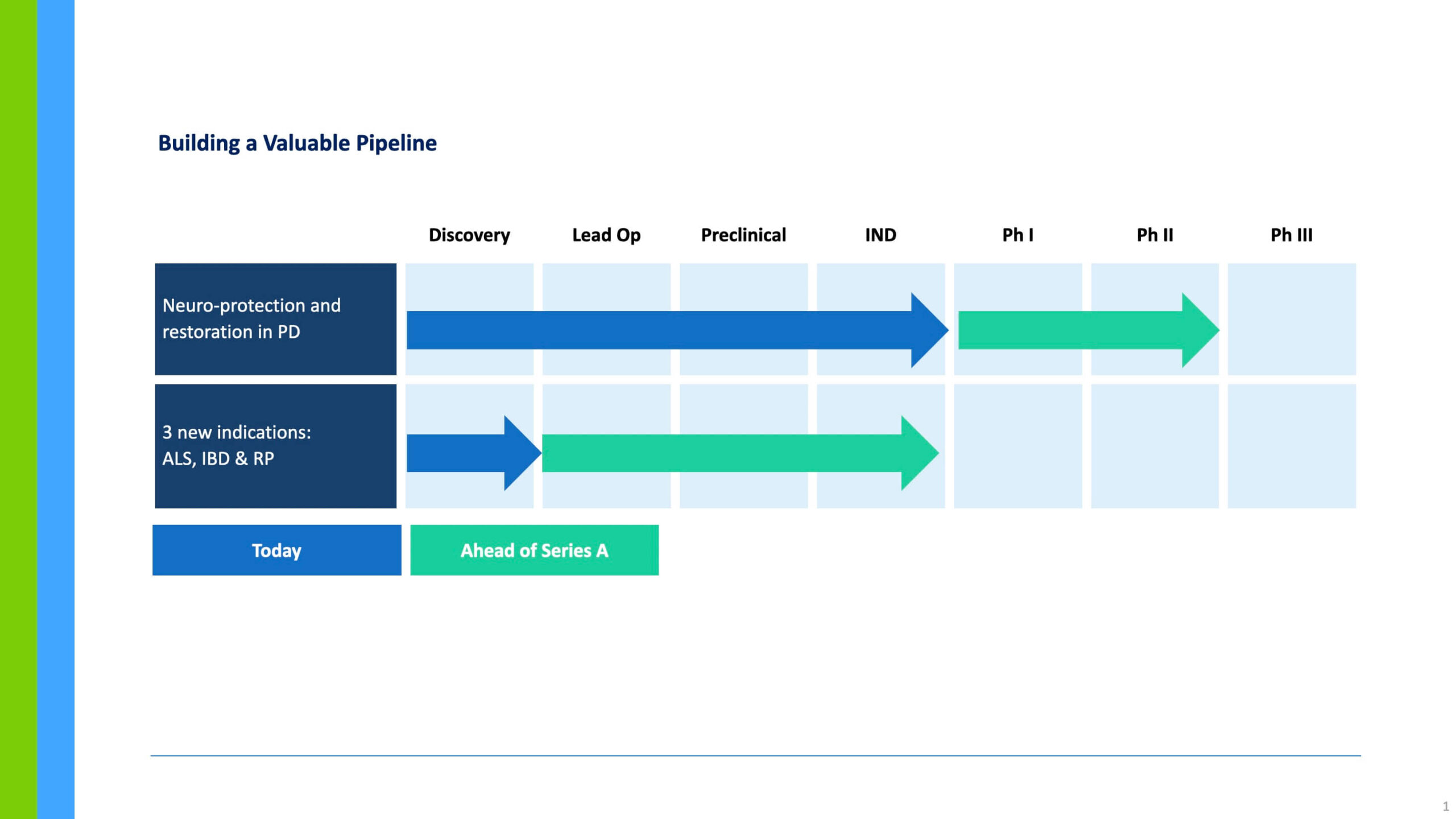Platform technology
Platform technology
GeneCode is creating medicines that protect and restore neurons, giving new hope to people affected by neurodegenerative diseases.
The scientific rationale behind GeneCode’s platform is simple but powerful: to discover small molecules that reproduce the beneficial effects of GDNF (glial cell line-derived neurotrophic factor) on its target receptors—while being small enough to cross the blood–brain barrier and suitable for development as orally administered drugs. To achieve this, GeneCode first determined the crystal structure of the GDNF/GFRα1 receptor complex. This breakthrough enabled the identification of small molecules that fit precisely into the receptor’s binding pockets.
Building on this foundation, a high-throughput luciferase assay was developed and more than 30,000 compounds from our chemical library were screened to find potential drug candidates for further preclinical studies.
These selected lead candidates are now advancing into IND-enabling studies for Parkinson’s disease, as well as laboratory proof-of-concept studies in other serious conditions, including Amyotrophic lateral sclerosis (ALS)/Lou Gehrig’s disease, retinitis pigmentosa (RP), and inflammatory bowel disease (IBD).
Pipeline
